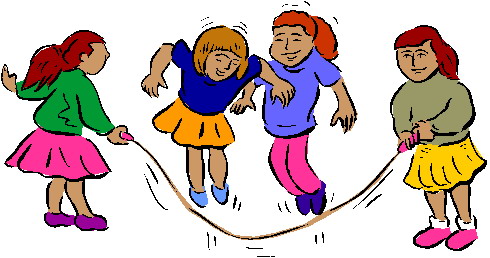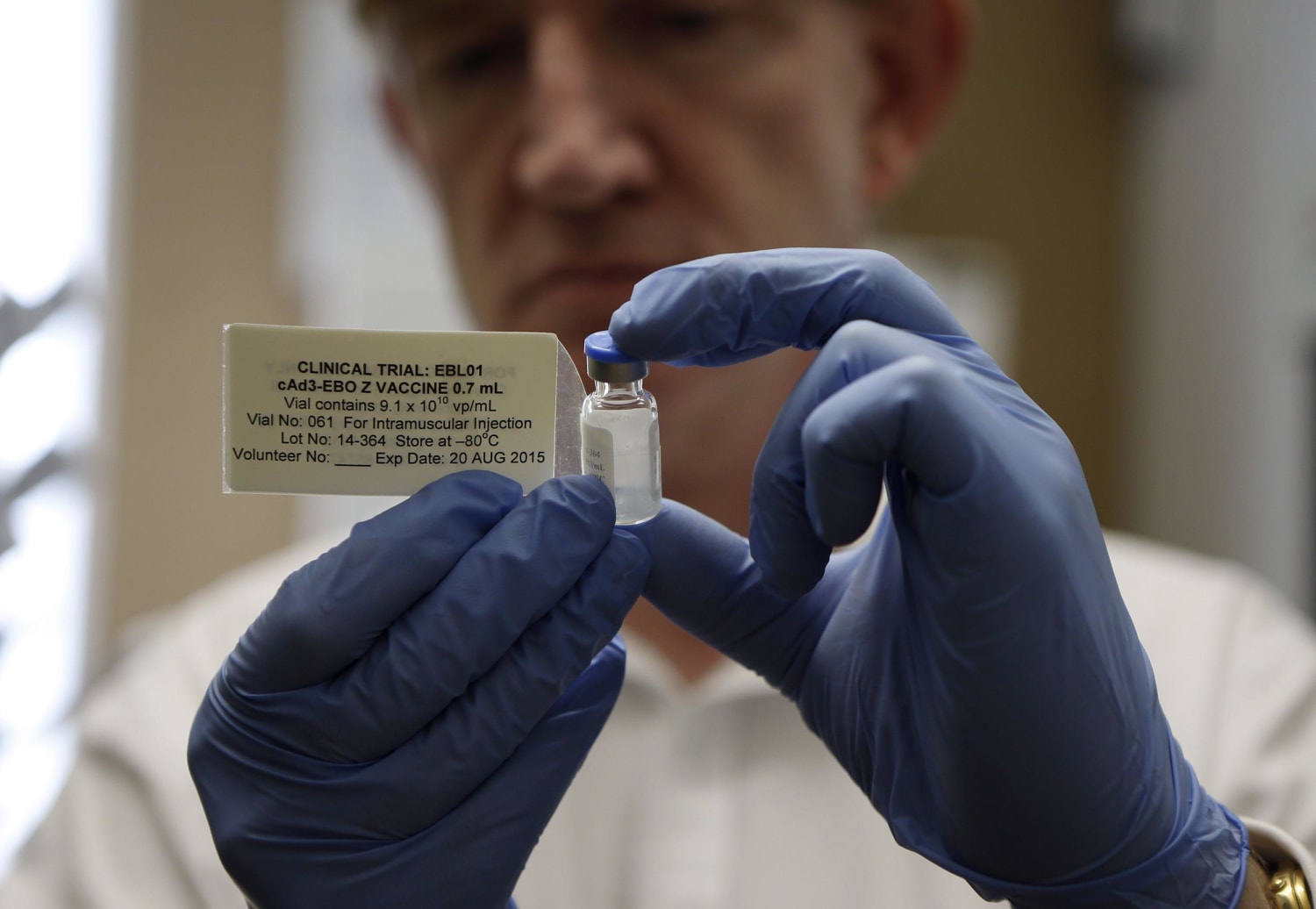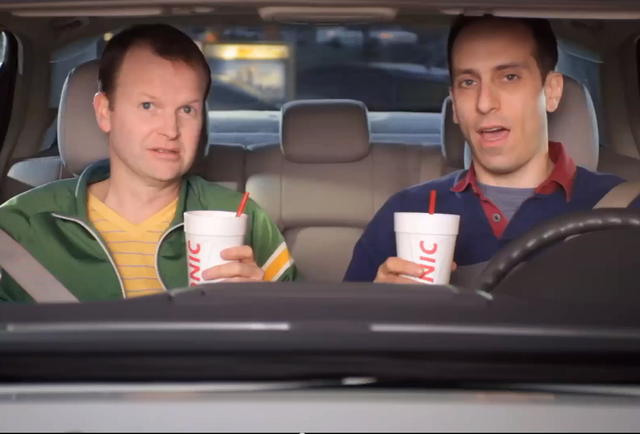Entry #11: Final Blog Reflection
Blogging was a new and very exciting experience for me.
I was hesitant at first because I did not have any experience in blogging and
English is not my primary language. I was surprised that once I started
writing, the ideas kept coming and I was able to express my feelings and share
opinions. Blogging gave me the possibility to improve my writing skills. It
also brought out my personality. I did not know I had so many things to say and
I was shocked that I was able to say them in correct English!

This experience taught me how
to use technology. From this assignment I learned that blogs are a
wonderful addition to our social media. It is a way to hear the most current
news in the world, to learn about the latest discoveries in science and
technology, to travel in time and to new places, to communicate with people
from all over the world. The information in the blogs is presented in different
ways depending on the author’s style. As a blogger I am able to choose who to
trust and to follow, who to discuss the topics I am interested in, which
pictures and videos I want to see, and all this is just one click away.
I
expressed my views on topics concerning our health, lifestyle, environment,
food, and medicine. The most exciting was the fact that I could choose a topic
to write about. I used the possibility to express my opinion on important
health issues such as: “Can we prevent cancer?” and “Killing Cancer”. “Can we prevent cancer?” is a blog about
the preventive measures we can do to prevent cancer. Prevention of cancer could
be achieved with leading healthy lifestyle, keeping the environment clean,
and preventing diseases through immunizations, and physical activity. “Killing Cancer” is a blog about the new
ways of treating cancer. I give an example with so called Immunotherapy method,
in which our immune system attacks cancer cells the same way it kills
infections.

Other important health
concerns that I was able to write about in my blog were: “The Rise of the
Superbugs” and “Ebola”. “The Rise of the
Superbugs” is a wake-up call that antibiotic resistance is a growing global problem. As infectious bacteria evolve, growing stronger than the
medications used to fight them, people are now vulnerable to infections that
haven't been a threat to human health since the discovery of antibiotics. I
give some ideas how we can prevent from getting these infections.

My blog “Ebola” is about Ebola virus, one of the deadliest viruses known
to medical science, with no specific cure and mortality rates of up to 90
percent. I showed how the whole world united in the fight against this virus.
Thanks to the coordinated efforts of world health organizations, government
institutions, and scientists from many countries, the spread of the virus is
diminished and new vaccines are tested.

I was able to blog about
topics which I consider important for our society and concern me personally. My
blog “Solution for the Obesity epidemic
in USA” gave the opportunity to do some research and express my opinion on
a very important global health issue. I realized that “obesity epidemic is
a complex problem. There is a solution and our whole society has to be involved
in order to be successful.”


In my effort to figure out
the reasons for these problems, I learned a lot about our food industry. Thanks
to the blog I posted “Slanted Reporting
on GMOs”, I will make an effort to change my lifestyle. I will definitely
consider the local food markets for buying food, and I will try to eat more
fruits and vegetables. I signed a Petition to the Governor Brewer,
Senators, and Representatives to pass legislation that will label genetically-engineered
foods in Arizona. I also invited all my friends and co workers to join the
Petition in support of GMO labeling in Arizona.

As a blogger, I am able to
learn about new findings from our history and hear news about political,
social, and sports events in the whole world. I can enjoy the work of artists
and witness the achievements of scientists at the same time. Blogging gave
me an opportunity to express my vision on important current topics such as
"Possibility to choose” about Arizona
State University offering short classes-7 ½ weeks instead of the traditional 15
week classes. I stated my opinion that this is democracy in practice.

My
blog “Capitalism Rhetoric” is a commentary
on the movie “Capitalism: A Love Story-Documentary” by Michael More. I wrote in
my blog: “The main idea of the movie is to show that the monopolized
capitalism, ruling the country through corporate organizations, which dictate
the stock market through Wall Street and the parliament through influential
figures (which are actually the CEOs of the same corporations and banks), is
bringing failure to this country.”Michael More is asking us, the American citizens,
to take action.

My blog ”Stereotyping”
is a discussion on a website called “Dumb Men” which show how the stereotyping of American men
as dumb is used from different companies in their commercial videos. I
personally share the same opinion as the author of the website. I disagree with
stereotyping the American men as dumb. I think they are honest, interesting, and
funny. I think that the possibility of somebody to make fun of his/her
negatives is a sign of moral strength.

In my blog, “The Power of
Media” I give examples of how powerful media is in shaping our
mentality and lifestyle. I think that media developed a culture of
stereotyping-what is norm and what not. It shaped our minds, our behavior and
has a huge impact on our culture. That is why I decided to say at the end of my
blog: “Watch out, media, now, I am
watching you!”

I enjoy reading blogs that
catch my attention and see the world through the eyes of other people. This
was a very enriching experience for me and I will definitely continue blogging.



































